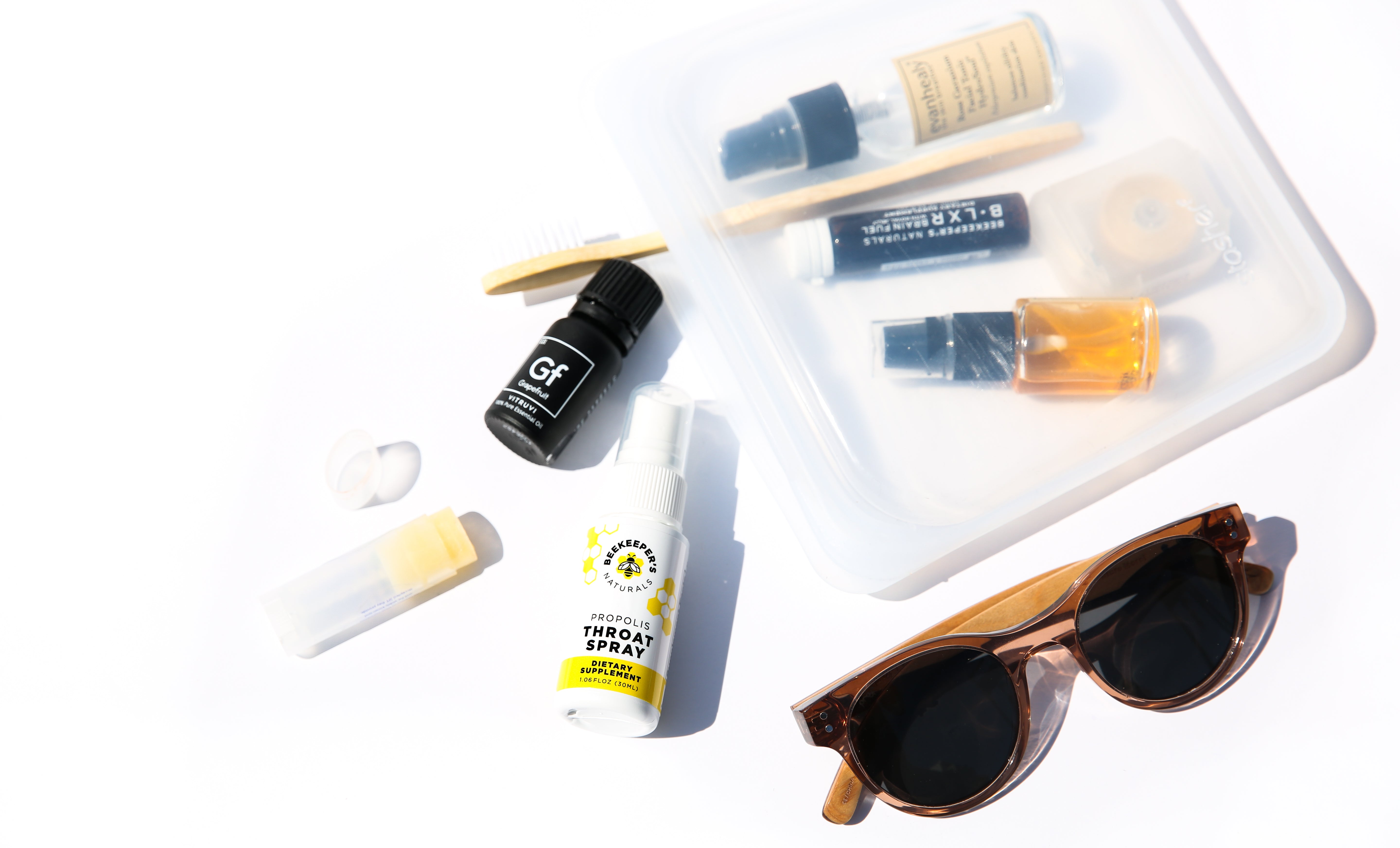As you get older and your life gets busier, it can be difficult to prioritize an early morning workout over say... getting enough sleep. There's just no time! When your end-of-day meeting runs late, or you have to pick up your dry cleaning for that big event this weekend, your afternoon workout can fall by the wayside. Feel like you're craving a good sweat sesh, but your schedule is driving you insane? You're not alone: experts agree that the number one most cited 'exercise block' is lack of time.
What if there was a way to burn more calories in less time than it takes to whip up your weeknight dinner? Impossible, you say? HIIT is here to save your day.
What is HIIT?
HIIT, or high-intensity interval training, is a technique designed to keep your heart rate high and incinerate fat. It is comprised of short, rigorous bursts of exercise followed by gentle, usually active, recoveries. For example: a HIIT workout on the treadmill could look like 30 seconds of sprinting at top speed, followed a minutes of moderate, easy walking on an incline. Repeat this cycle 4 to 6 times in and there you have a 'complete' cycle of HIIT. If you're tempted to roll into a jog, you should know that 2 minutes of sprinting HIIT-style increases your metabolism the same amount as 30 minutes of moderate running.
Don't believe it? Here come the stats:
Get ‘HIIT’ with the Science
Professors at McMaster University's Department of Kinesiology found that 3 HIIT sessions per week, at less than 30 min per session improved "aerobic capacity, skeletal muscle oxidative capacity, exercise tolerance and markers of disease risk after only a few weeks” in healthy and unhealthy patients alike. Bonus: those 30 minutes include a warm-up, recovery bursts and cool down!
The high-intensity of such workouts deprives the body of oxygen, causing it to seek more during recovery. Referred to as "Post-exercise Oxygen Consumption" (or ‘EPOC’ if you wanna impress your friends), this state supplements oxygen with lactic acid. Adrenaline and lactic acid are a package deal, so the former goes to work incinerating fat and building muscle. Your body continues to burn hours after your HIIT, working hard to restore nutrients lost and bringing on that post-sweat stomach growl.

'HIIT' the Gym
Still thinking your schedule is too insane for a consistent workout? Here are a couple tried-and-true ways to sneak some sweat into your weekly routine:
Living Room Rouser (20 min.)
Pop that frozen pizza in the oven and grab your yoga mat for this quick HIIT burn! Do each of the following for 45 seconds, all out as many reps as you can, with 15 seconds of rest in between. Repeat 3 circuits.
- Push-ups / Squats / Butt Kicks / Burpees / Side Lunges
Missed Class Mix-Up (20 min.)
Couldn't make it to your favorite gym class? Find an empty cardio machine, like the treadmill or rower (no one's ever on the rower), and get to work!
- Rower: 1,000 meter row, stopping every 250 meters to do 10 pilates pike-ups. Not familiar? Check it out, here.
- Treadmill: 10 minutes of a brisk walk into a light jog. Run 10 mph for 30 seconds then walk for 2 minutes. Repeat run/walk circuit 7 times. Cool down with 5 minutes of walking.
Burn Baby Burn
HIIT is a productive and energizing workout, but keep it to 3 times a week on average to give your body the recovery it needs. According to Hakan Westerblad, a professor of physiology and pharmacology from the Karolinska Institute, pushing your cells to the max prompts them to think "I have a problem here...[adapting] so the next time they experience the intense exercise, the problem is lessened.” This means your muscle cells are effectively changing every time you 'hit' them with HIIT.
Just because you're exercising for shorter periods, doesn't mean it's easier on your body, though, so make sure to listen to your body and steer clear of your breaking point. Don’t wait around for the perfect time to sweat it out; lace up those sneakers so you can ‘HIIT’ it and quit it!





